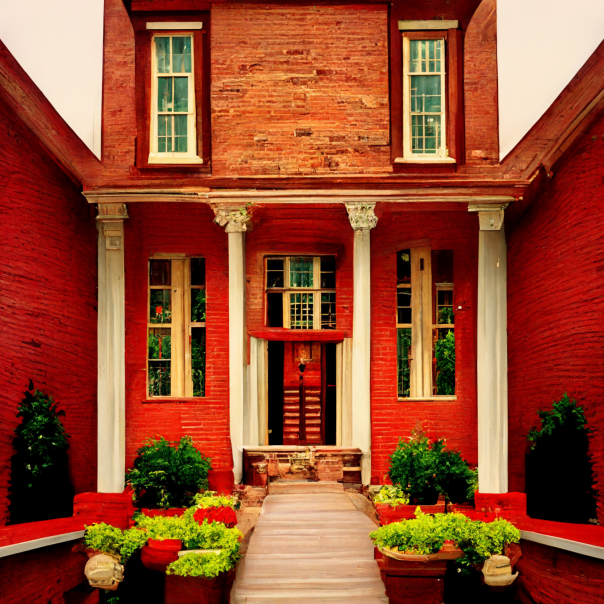Siddharth Sivakumar
A Language is formed when there are two basic constituents – a Lexicon and a Syntax. While the syntax of architectural design is well established through decades of professional practice in the post-war era, the vocabulary of design suffers from a plethora of choices magnified by the excesses accorded by the digital landscape. Clients and designers are motivated by personal tastes and compulsions which have in most cases engendered an incoherence in the urban landscape. For instance, A charming old pre-war neighborhood might find a neo-modernist structure in its midst that breaks the visual landscape. The appeal of several tourist destinations such as Savannah, Georgia, or Florence, Italy lies in their ability to project a unified visual image of the city. Redevelopment in the 60’s has regrettably rendered many such areas void. While it can be argued that greater choice in design choices supports creative expression and individualism, visual coherence in urban design language is an absolute necessity to prevent “placelessness” and deterioration of ‘neighborhood character”. Design practice focused on equity must also consider the visual environment. Codes and Zoning are evolving to address these issues, but this can come at the cost of an existing character. This essay seeks to explore a new method to understand what may converge and then subsequently diverge to form distinct identities.
Two streets are selected to understand how different neighborhood characters may evolve – 21st Street in Midtown Sacramento, California (Figure.1) and Hirsch Street in Home Park, Midtown, Atlanta, Georgia (Figure.2). Several Buildings in each street are selected by conducting a walking audit and a deconstruction of their visual characteristics undertaken using standard architectural lexicon.


These are then used as rules in an architectural design exercise. To understand the potential of such an endeavor, the “Mid Journey” AI is used as an impartial objective judge in determining a conceptual output.
Mid Journey is a proprietary Artificial Intelligence program that creates visual outputs from textual prompts and descriptions and is currently in the open beta phase. As such it provides an excellent use case for considering the translation of visual zoning codes found usually in the form of textual descriptions into unbiased architectural design concepts mirroring the building design process.
The Atlanta buildings present the following selected elements – red brick, extended front porches, and white window trims amongst others. These were selected since they were uniquely different elements as compared to the Sacramento buildings. The Sacramento buildings in the style of classic suburban American homes present colored wood sidings, brown shingled sloped roofs, and white window trims amongst other elements.

Therefore, a Hypothetical New Development in Midtown Sacramento (Figure.5) differs significantly in output from a potential new development in Home Park, Midtown Atlanta (Figure.3) based on the selection of façade elements from existing buildings in the neighborhoods to create a diverging urban character. It is interesting to note that this hypothetical development closely mirrors the design language of the oldest preserved buildings in the adjoining Georgia Institute of Technology campus. The building highlighted below is the 1928 Crum & Forster Building (Figure 4) designed by the Architects who helped establish the Architectural Program at the school. It lends credence to the possibility of the architects of these buildings originally considering the historical Renaissance façade and urban character of the area during the construction of these houses.


The architectural combination that is subsequently produced is interesting and shows that existing neighborhood characteristics can be used to include “visual guidelines” in zoning and other unified development codes. We find further refinement with every subsequent redevelopment can assist in the creation of neighborhoods with a coherent and unified urban facade landscape and more importantly an identity.
